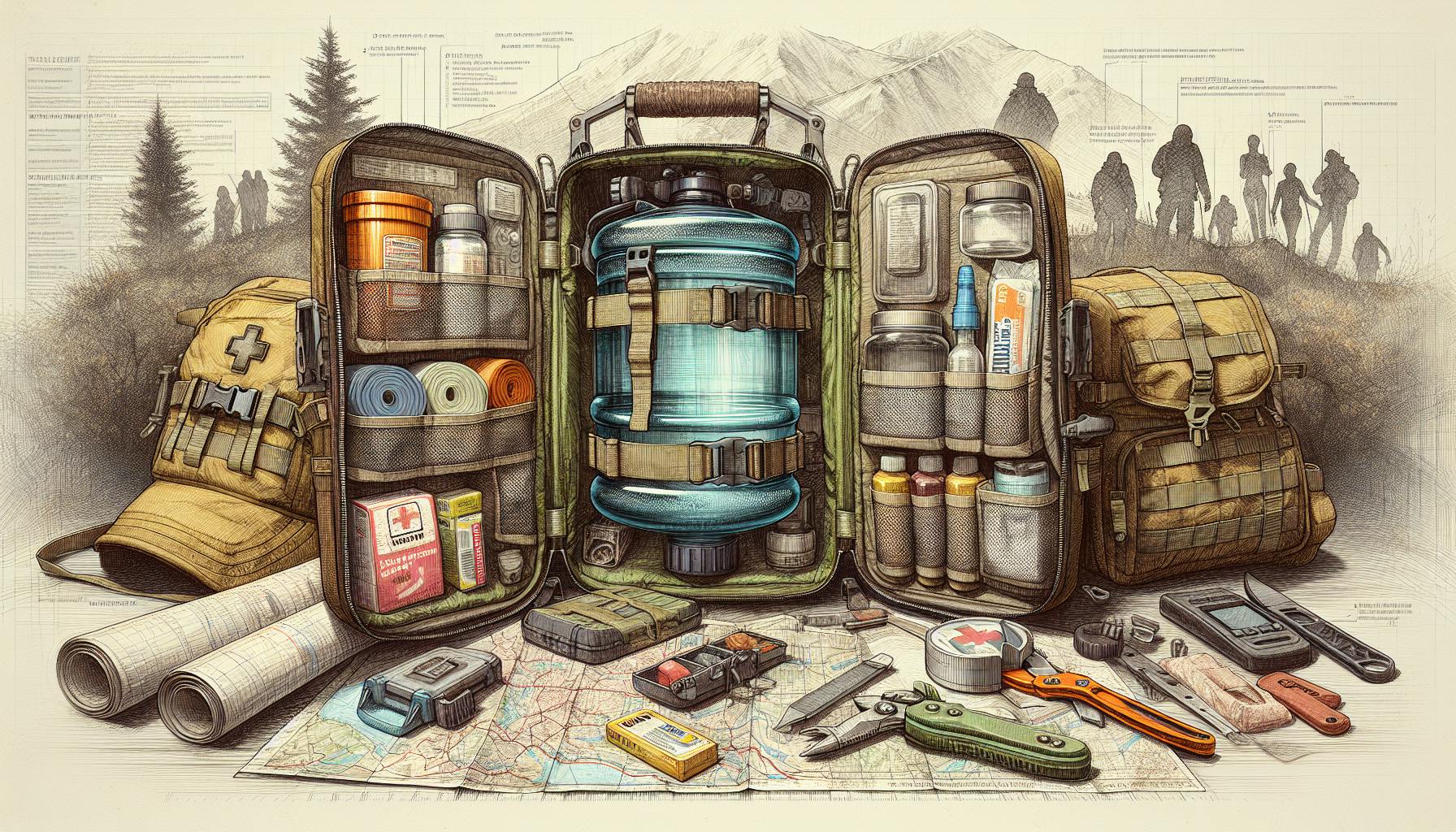Understanding Crowd Crush Dangers
Crowd crushes can happen suddenly in crowded spaces like concerts or festivals. When too many people cram into a tight area, the crowd can surge uncontrollably, leading to crushing injuries or even death as people are trampled underfoot. As a prepper, being aware of the dangers of crowd crushes and having an emergency plan is critical to stay safe in crowded situations.
Crowd crushes occur when too many people are packed densely into a confined setting with few exits, causing crowd pressure to build rapidly. Excitement over a performer or event can cause people to push forward, unaware that those in front have nowhere to move. Panic and chaotic movements can also initiate a crowd surge. As more people press into an already packed space, the crowd begins to move and sway unpredictably. People in the center get crushed together, unable to breathe and at risk of deadly compressive asphyxia. Poor crowd control and venue layout with limited exits prevent escape.
It's essential to recognize warning signs of an impending crowd crush so you can escape before it's too late. Feeling severely crowded and unable to freely move your arms are clear indicators the crowd density has become dangerous. Difficulty breathing deeply is a sign people are pressed dangerously close together. Pay attention to any swaying or chaos in the crowd, as surges can arise rapidly. Security appearing overwhelmed or delays in events while staff try to control the crowd are critical cues. Blocked or hard-to-access exits also dramatically increase the risk of crowd crush injuries.
As a prepper, situational awareness is key. Scope out the venue ahead of time to note safety hazards like narrow exits or pinch points where crowd congestion can occur. Have an emergency escape route planned before arriving. Avoid the dense center of the crowd, sticking to the periphery or protected areas like alcoves to have space to move. Travel light without large bags or gear that could hinder movement or trip others if a crush occurs. Having sturdy shoes and protective clothing that allows freedom of motion helps react quickly.
If caught in a crowd surge, move diagonally to try slipping through gaps, propel yourself along the flow, and work your way to the side, never against the tide. Getting low can help avoid being knocked over. Protect vital areas by covering your head and neck with your hands and arms. Assist others in need if possible, but stay on your feet and keep moving - getting trampled severely limits chances of survival. Avoid panic but loudly call for aid. Prioritize your own escape but help direct others towards exits once you're safe.
Proper crowd management is crucial to prevent crushes. Ensure venues enforce capacity limits in all areas and have trained security monitoring crowd size and flow. Discourage unsafe practices like rushing the stage and provide clear messaging on exits and protocols. Attend less crowded events when possible and learn about proper crowd control standards venues should enforce. Educate yourself on crowd psychology and dynamics through resources on the science of stampedes and crushes so you can better identify and react to dangerous scenarios. Ask venues about safety preparations and speak up if you notice hazardous conditions.
With proper awareness, planning, and preparedness, we can avoid and survive crowd crush emergencies. Having an escape route, avoiding hazardous areas, traveling light, and assisting others can mean the difference between life and death. As preppers, being informed and vigilant in crowded settings provides the key skills needed to handle these dangerous situations.
Survival Strategies To Employ
Arriving early allows time to scope out the terrain and note exits before crowds bottleneck entry points. Study the venue layout and have an emergency plan to reach multiple exits in case the nearest is blocked. Avoid the dense center and sides of crowds where pressure exerts greatest force during surges. The safest areas are near walls, pillars, or other solid structures providing an anchor point.
Situational awareness is vital. Note crowd flow patterns and use them to exit, moving against the tide risks getting knocked down and trampled. Watch for shifts in crowd mood or density that can precipitate crushes. Spot exits and potential obstructions or choke points. Pay attention to staff crowd control efforts and have a clear path to access security or medical aid if needed.
If caught in a crowd surge, stay upright, protect your head, and move diagonally to slip through gaps between people rather than pushing straight ahead. Avoid falls as you likely won't get back up. Use arms to brace along the crowd and propel yourself forward. Signaling aids spotting your location to direct help. Assist others in need if possible but stay focused on your own survival.
Strategies like carrying a whistle can help signal your location if trapped in a crush. Wearing protective clothing like padded shoulder covers shields vulnerable pressure points from crowd forces. Study techniques to create space like placing arms against the crowd to control your zone of movement.
Once safe after escaping, provide first aid to injured, account for missing persons, and alert authorities to prevent re-entry into hazardous areas. Share information on safe exit points and hazards to guide others still trapped. Having emergency contacts, first aid skills, and survival gear helps render aid after escaping.
Prepare and Prevent Crowd Crush
Learning proper crowd management fundamentals allows assessing events for safety risks. Venues should enforce occupancy limits, discourage dangerous crowd behavior, and provide clear emergency messaging. Multiple exits should remain accessible and free of flow obstructions. Trained security should actively monitor crowd density and intervene to alleviate pressure before crushes occur.
Choose less crowded events when possible and avoid excessively packed areas. Educate yourself on crowd psychology and dynamics through reputable resources like FEMA guides or safety organizations. Ask venues about their crowd control plans and voice concerns over anything that seems inadequate. Reporting dangerous conditions quickly helps staff respond before catastrophe occurs.
Attending with minimal gear allows reacting quickly if crowd surges arise. Sturdy shoes like steel-toe boots, clothing that doesn't restrict movement, and having emergency contact info easily accessible enhances survival odds. First aid knowledge and supplies like CPR masks, bandages, and trauma shears assists others in need post-crisis. With proper vigilance and preparedness, we can prevent crowd crush tragedies through awareness and quick response when warning signs appear.
Key Takeaways
-
Have an emergency escape plan when attending crowded events - map exit routes and avoid hazardous areas.
-
Maintain situational awareness of surroundings and be alert to shifts in crowd size, flow, mood - react quickly to dangers.
-
Move diagonally, stay upright, and use arms to propel through gaps if caught in a crowd surge.
-
Venues should enforce occupancy limits, have trained security, and discourage unsafe crowd behavior.
-
Travel light, wear sturdy shoes, and learn first aid - be ready to react and assist others if crushes arise.
-
Learn about crowd dynamics and control standards to assess event safety. Report concerns to prevent disasters.
With proper preparedness and vigilance, we can stay safer in crowded situations and react quickly in emergencies. Having an escape plan, avoiding high-risk areas, assisting others to safety, and speaking up when issues arise gives us the power to prevent crowd crush tragedies. Through education and emergency readiness, we can survive these dangerous scenarios.


